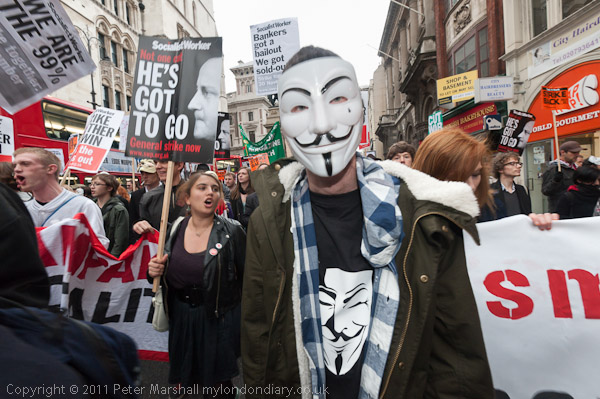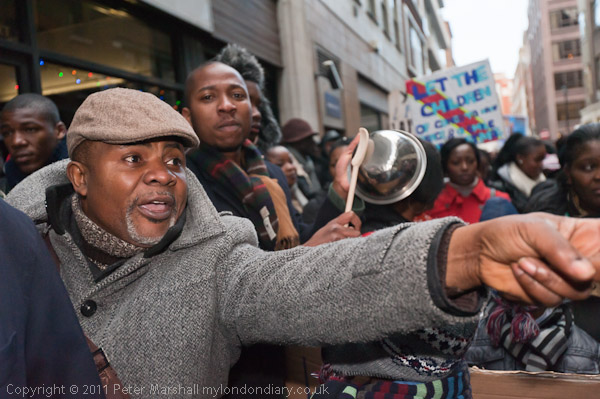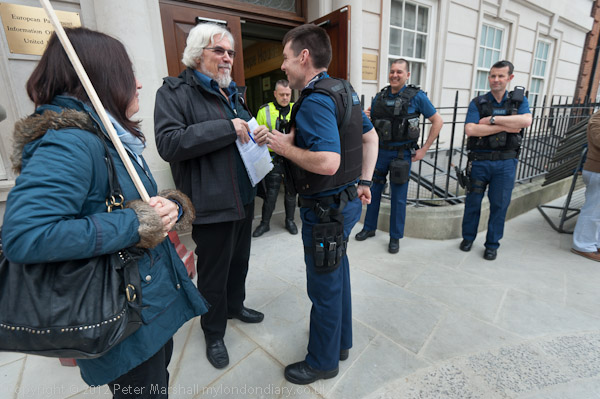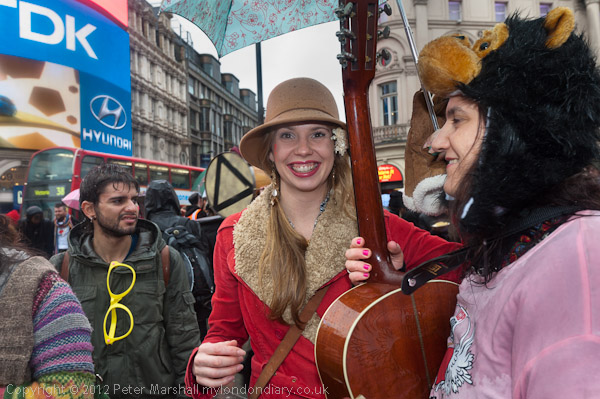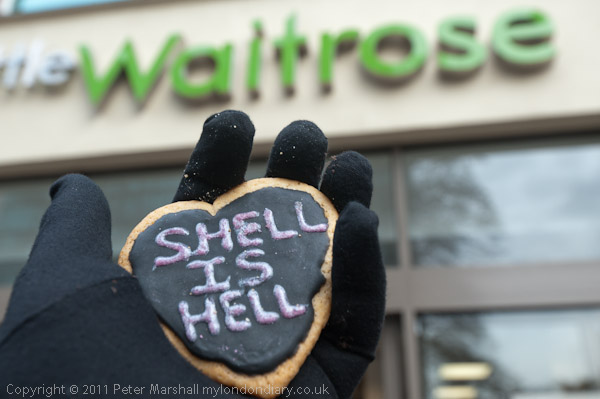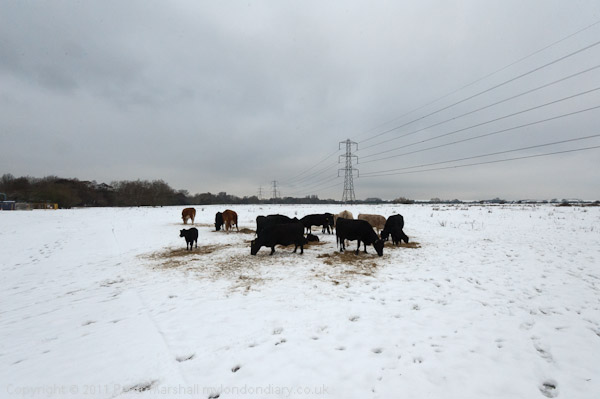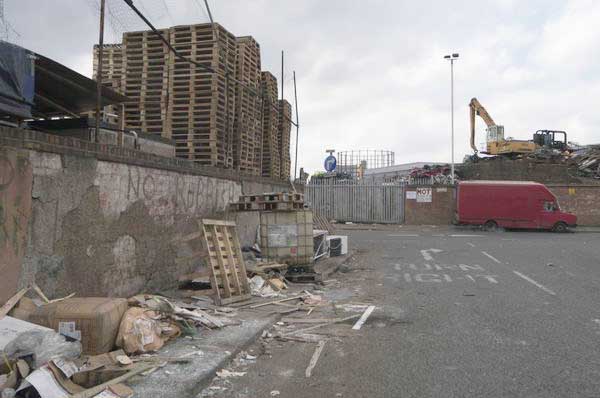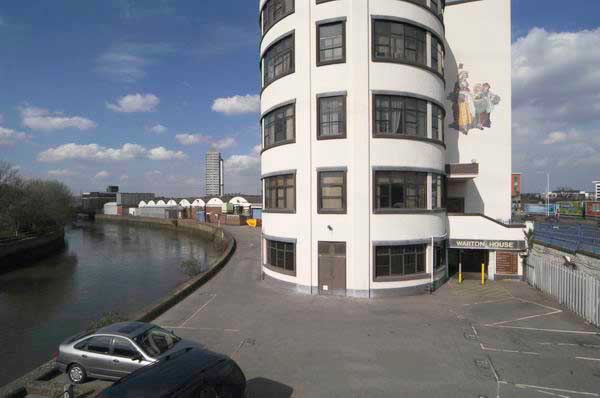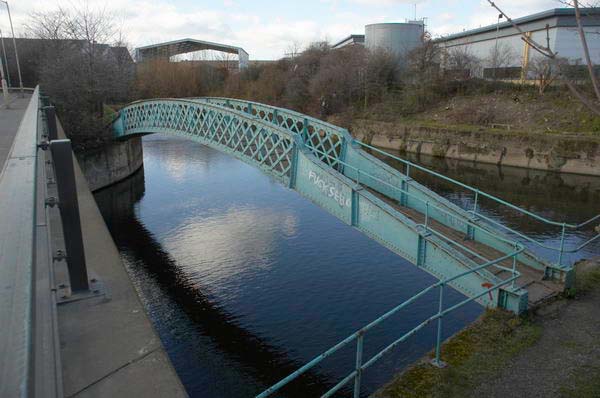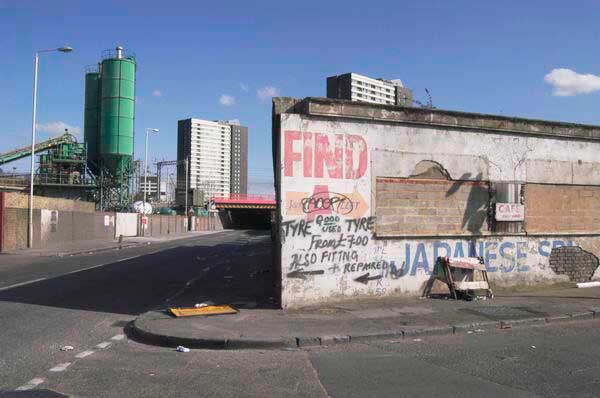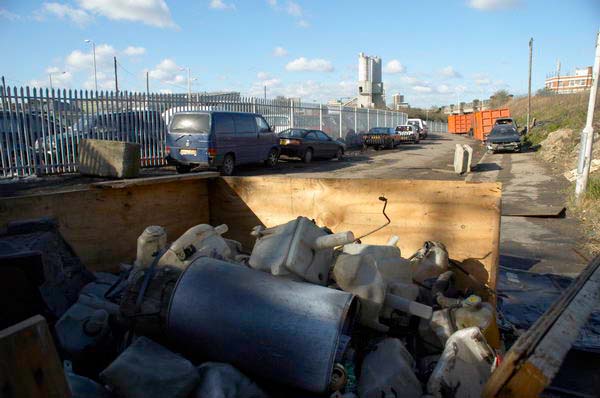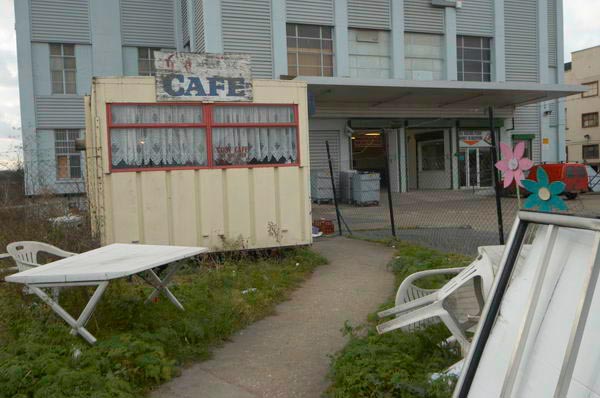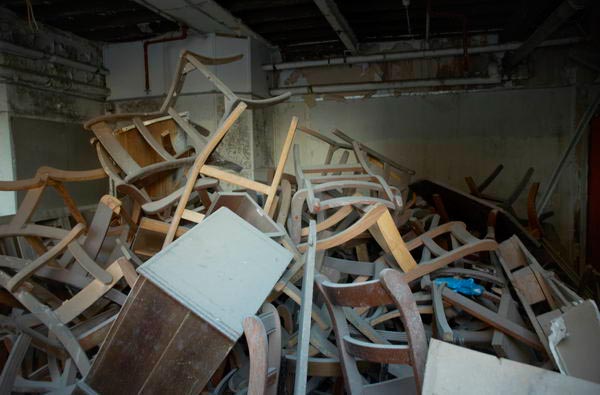I went to see the Eve Arnold show in London yesterday mainly because I had some spare time between photographing a couple of events and it was just a short walk down the road. It was cold and wet outside, so spending time in a warm dry gallery seemed like a good idea.
I actually enjoyed the show, though it didn’t change my opinion of her as a photographer. The picture that really stood out for me was her portrait of Marlene Dietrich at work – and it was a very large print. Arnold studied photography briefly with Alexey Brodovitch, and according to her obituary in The Telegraph: “The class, which included ambitious professionals such as Richard Avedon, mercilessly criticised Eve Arnolds amateur efforts.” Brodovitch’s classes at New School for Social Research in New York have a legendary status as a tough school, one that worked by tearing people’s work to pieces – and those who could take it profited greatly.
Arnold talks about this with Colin Ford in the BBC Five Master Photographers Series recorded in 1990. She picked herself up and rather by chance set herself a testing project to meet the class assignment of ‘Fashion’, going into Harlem to photograph the informal black fashion shows that were held regularly in former churches there. That work gained plaudits when she took it to class – and later led to her getting the cooperation of Malcolm X for some more fine work, and after her husband sent it to Tom Hopkinson who published 8 pages in Picture Post it got her a place in Magnum, where, along with Inge Morath, she was the first woman member.
I spent a long time in the gallery, Art Sensus, just off Victoria St at 7 Howick Place. It’s not a gallery I’ve visited before, a large space on the second floor with a very expensive feel. The gallery says it “has a clear mission; to promote and support the very best up and coming contemporary artists on cutting-edge projects” though it perhaps isn’t clear how a photographer whose work was essentially formed in what was a relatively conventional style sixty years ago quite fits in with that, though I suspect her work is of more interest to me than anything else they are likely to show. The show is on until 27 April, and there is a page with links to a Radio 4 clip and reviews which may perhaps have a more balanced view then mine.
Although the exhibition page at the gallery concentrates almost exclusively on her pictures of Monroe and other stars, the exhibition is actually a fairly decent cross-section of her work. I spent rather more time watching a video the BBC made on her quite a few years ago (I think at the time of her Barbican retrospective in 1996) now than looking at the pictures – it is quite a long program, but I enjoyed listening to her talk. There are a few interesting stories told on it too.
On the wall next to where the video is being shown is a list apparently of every project that she took. Although someone on the video makes a comment on how many different things she did, the list seems to me to tell a different story, with a relatively small number of assignments even in her busiest years.
The V&A has recently acquired one of the better works from her later years, her picture of the ‘Brides of Christ‘ at Godalming, about to enter the nunnery.



